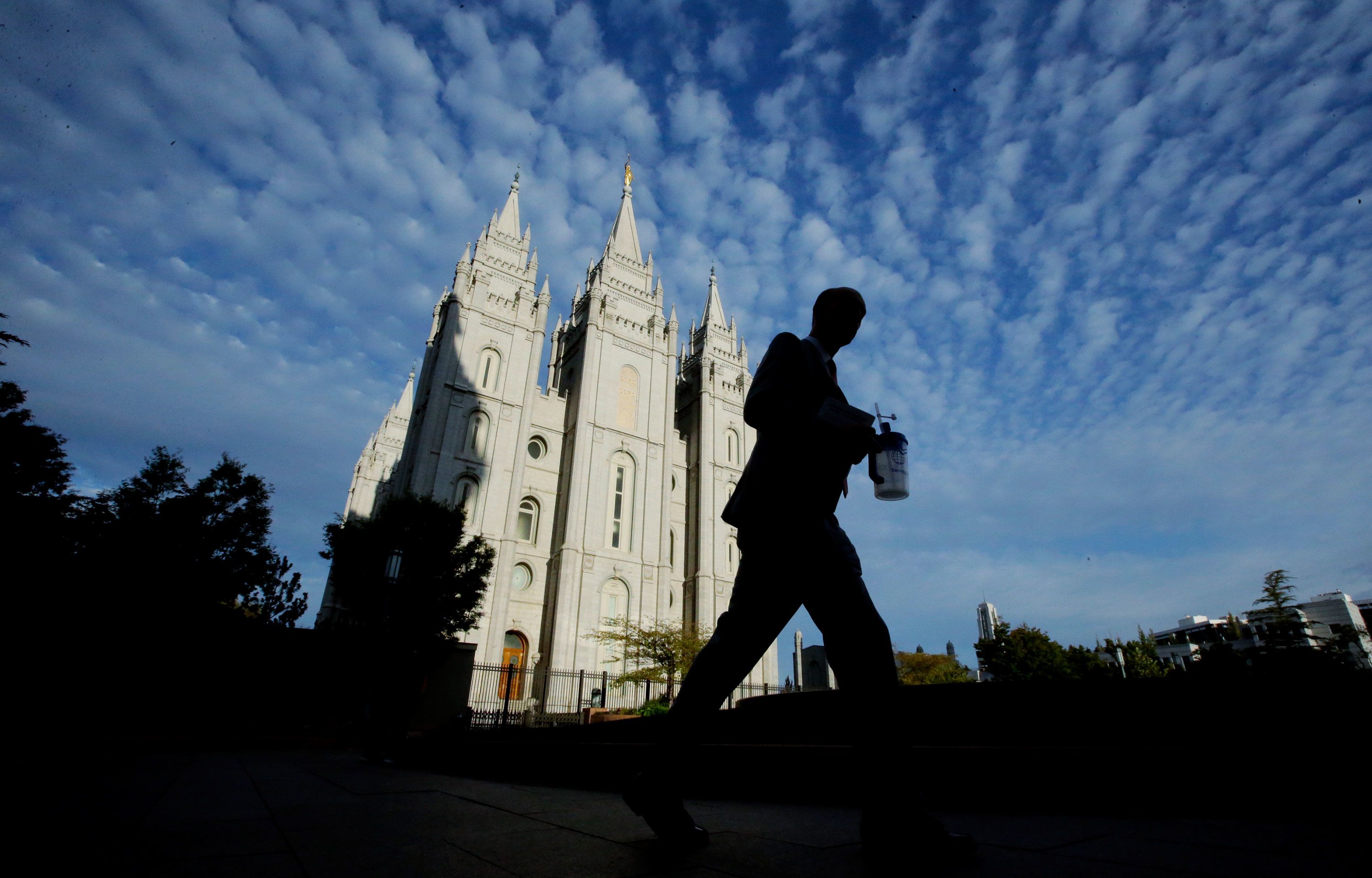The Church of Jesus Christ of Latter-Day Saints (often referred to by its name as the Mormon Church) has a rich tradition of race relations. This is particularly relevant to Blacks in Mormonism. This article is a factual, objective look at the treatment of African-Americans within the Mormon Church. It explains the policies and practices that were put in place and how the Church was able to change its position to decry previous beliefs and practices that are linked to race.
Blacks in Mormonism: Historical Overview
From 1852 until 1978, between 1852 and 1978, Mormon Church enforced a rule that banned blacks in Mormonism to be ordained priests. This decision was the result of religious and racial beliefs at the time. Black people were not allowed certain Church rituals, rites and duties and resulted in a segregated Mormon community. It is crucial to realize that this discriminatory act was not exclusive to Mormonism. In fact, it represented racial prejudices widespread throughout American society during the time.

Mormon Black Peoples and the 1978 Revelation
In 1978, Spencer W. Kimball was blessed with what Mormons believe was an enlightenment from God concerning the exclusions of Blacks from the priesthood. This revelation, considered a pivotal moment, lifted the ban that was in place for over 100 years. The Church of Jesus Christ of Latter-Day Saints has declared that Black people could now be granted the priesthood and be fully involved in all aspects of the Church.
Today, the Church rejects racism and welcomes all people, no matter their race, to believe in Jesus Christ. The doctrine today affirms that all people are equal, and emphasizes God’s acceptance of anyone, regardless of race, gender, socioeconomic status, or other aspects. For more information, click Mormons and Black People
Joseph Smith’s Fair Treatment of Black Individuals
Despite the racial prejudices of the day the founder of Mormonism, Joseph Smith, demonstrated an exemplary level of fairness to Black individuals. Joseph Smith is known to have appointed Blacks to the priesthood in his lifetime. Smith’s belief in inclusion and equality within the Church were apparent in this ritual. The next leaders, however, implemented policies that restricted the priesthood of blacks and reflected changing attitudes towards race during the middle of the 19th century.
Racism in the United States: A Call to Take Action
In current times The Church of Jesus Christ of Latter-Day Saints has taken substantial measures to confront the effects of racism and seek unity within its members. The Church’s leadership has released statements disavowing the past practices and beliefs of racial discrimination. They state that racism of any form is against the principles of Jesus Christ and the core beliefs of the Church.
The Church actively promotes acceptance, love and respect among its diverse members, and affirms their importance and worth. It is a priority to teach members on the importance of acceptance, diversity, and to reject the discriminatory beliefs.
You can also read our conclusion.
Understanding the story of Blacks and the Church of Jesus Christ of Latter-Day Saints progress on race is crucial in promoting equality and encouraging unity. The policy that prohibited Blacks from the priesthood for more than a century reflects a painful chapter in the Church’s past. The announcement in 1978, however, marked a turning moment that signaled an acceptance of equality and inclusion.
The current position of the Mormon Church is to reject discrimination against minorities, defend equality and promote the acceptance of love and respect within its members. The Church has been actively moving forward in addressing its previous discrimination against race and making significant progress. It is working to ensure that all members feel welcome and respected within the Mormon community.
